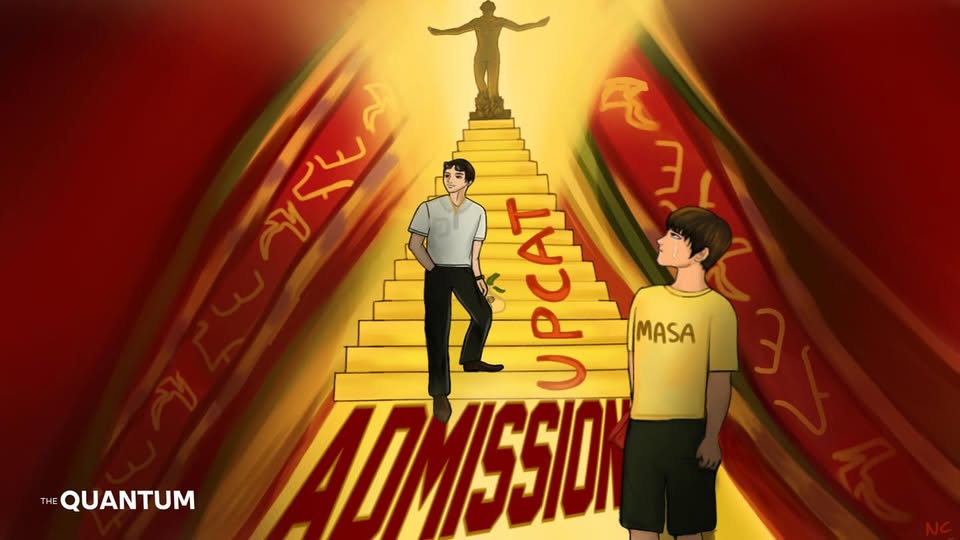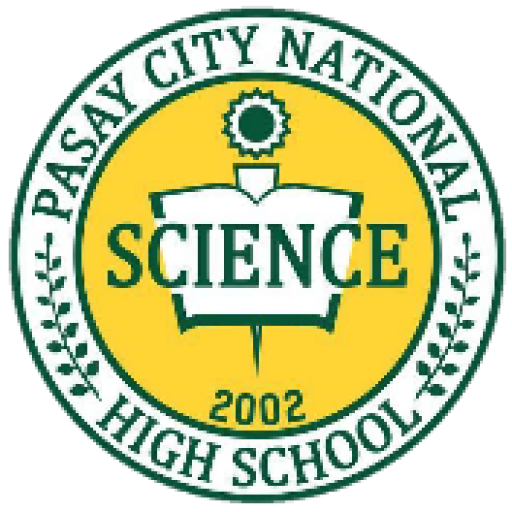by: Lara Venice S. De Leon
Copyedited by: Stacie Marie Catallo
Publication: Noelle Isabel Cabrera

Every year, the University of the Philippines College Admission Test (UPCAT) is seen as more than just an entrance exam—it becomes a national spectacle. Tens of thousands of hopeful students flock to testing centers, with some even willing to sacrifice their all for their merits to be recognized. But behind the posters, prayer candles, and sharpened pencils, lies an ugly, uncomfortable truth: not everyone is meant to bask in the spotlight. UP is not a trophy. It’s a promise–a promise that no matter how little you have, if you’re brilliant and hardworking, the nation will invest in you. But when this promise is given to those who already have everything, what’s left for those who don’t?
The University of the Philippines was never designed for the elite. It was created for the children of farmers, tricycle drivers, single mothers, and minimum-wage workers—students who, despite poverty and circumstance, dare to dream. But every year, we see more and more of the opposite. Students from affluent backgrounds, with polished credentials and lives of comfort, are steadily filling the spaces once meant for the underserved. These students often outperform others, not purely because they are smarter, but because the system has long been tilted in their favor.
Families from the top income brackets can spend hundreds of thousands of pesos–or even more, on private school tuition and specialized review centers for UPCAT. Some even send their children to exclusive summer camps designed for test-taking strategies. In contrast, many public school students cannot afford any form of professional review. They rely solely on free online reviewers, borrowed textbooks, and self-study in between household chores or part-time work. With such unequal starting points, it’s no surprise that, as The Philippine Star reported, applicants with an income advantage are 13% more likely to be admitted into UP than those from poorer households. That number reflects more than just academic preparation—it proves that the system favors those who already have more. And that’s not equity, it’s quiet erasure.
State universities have limited slots. And every time a student who can afford five-digit tuition in private schools takes one of those slots, a public high school graduate loses it. That’s one more broken dream. One more soul left behind by a system that promised to serve the underprivileged.
On the other hand, privileged students often defend their place in UP by saying, “I reviewed just as hard,” or “I earned my spot.” That may be true, but effort exists within vastly different realities. Many come to UP not just for prestige, but for quality education, social awareness, and the chance to be part of a community that values critical thinking and public service. Some genuinely want to immerse themselves in the struggles of the majority and break out of elite bubbles. Still, good intentions don’t erase systemic inequality. While one privileged student is admitted, there is always an underprivileged student who was just as deserving, yet had fewer advantages to prove it.
As responsible citizens, we must remember whom public schools were built for. Public education should exist to correct inequality, not quietly reinforce it through systems that appear neutral but benefit the already advantaged. As Nelson Mandela once said, “Education is the most powerful weapon which you can use to change the world.” But for that weapon to be truly powerful, it must be placed in the hands of those who need it most. When quality education becomes most accessible to those who already hold power, it ceases to be a means of transformation and becomes merely a recycled privilege. If education is a right, then it must be made accessible not just in theory, but in practice, through policies, priorities, and admissions that reflect the realities of inequality. Anything less is injustice dressed up as fairness



